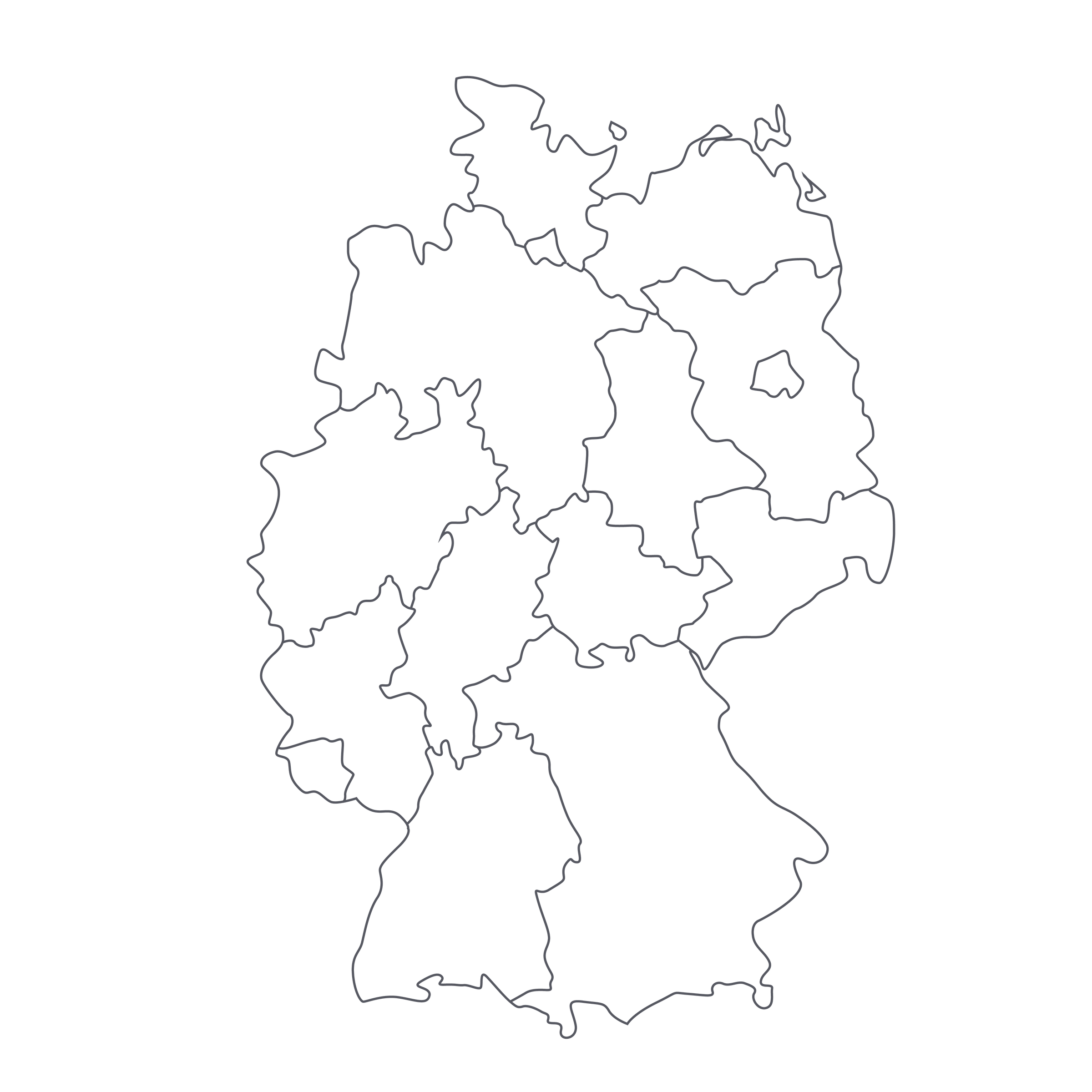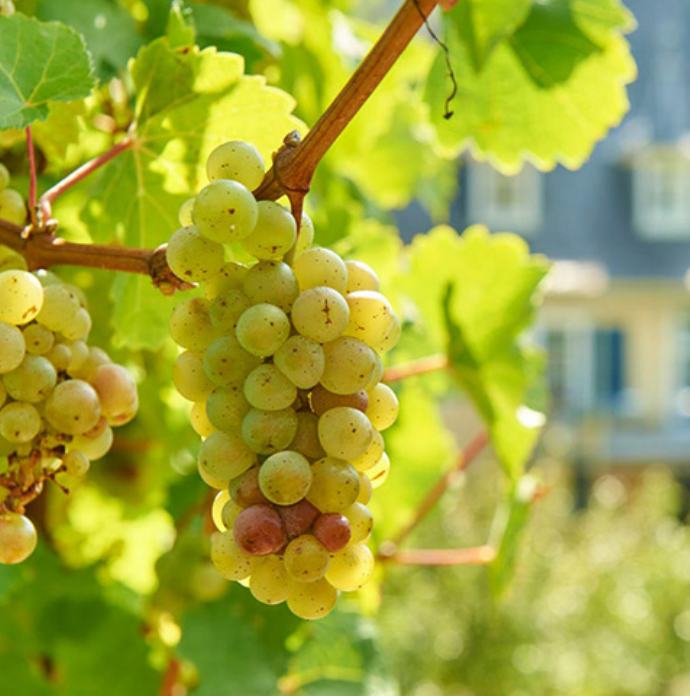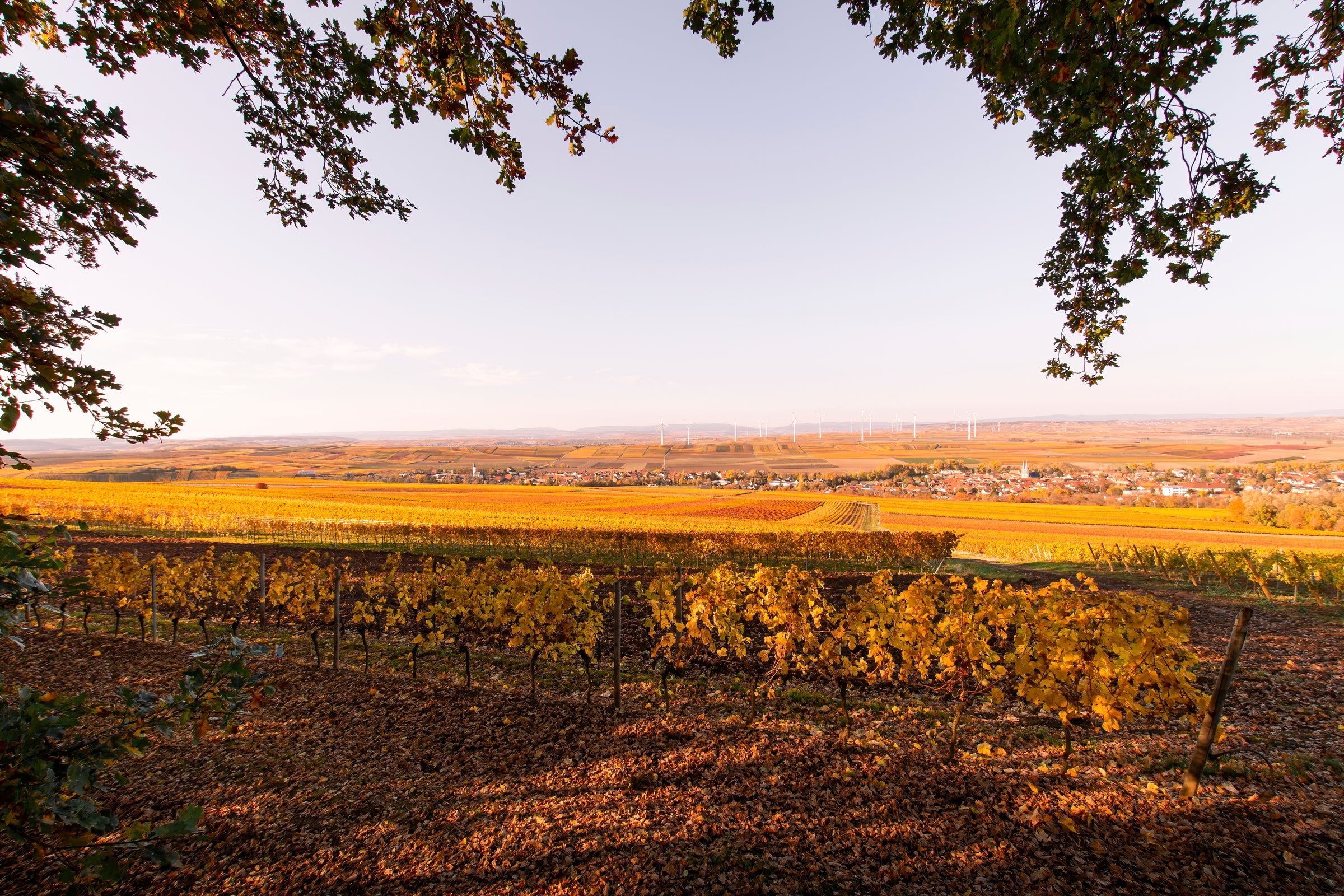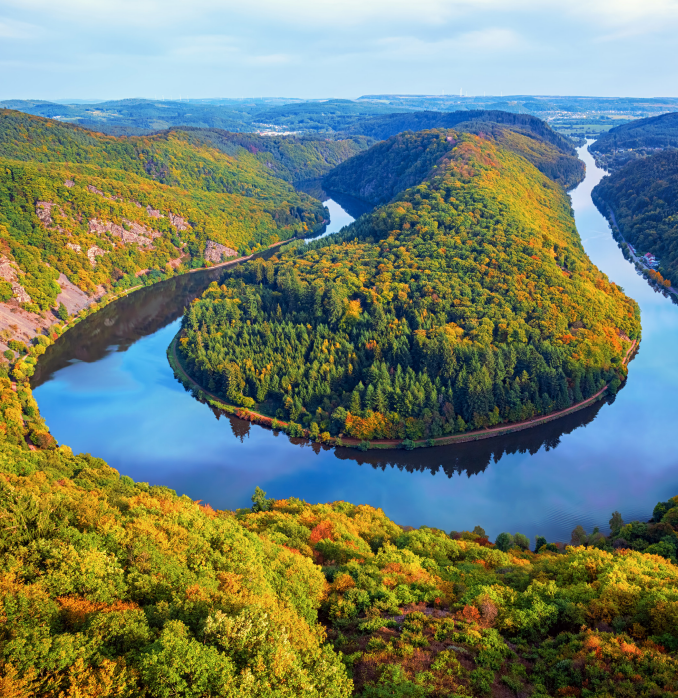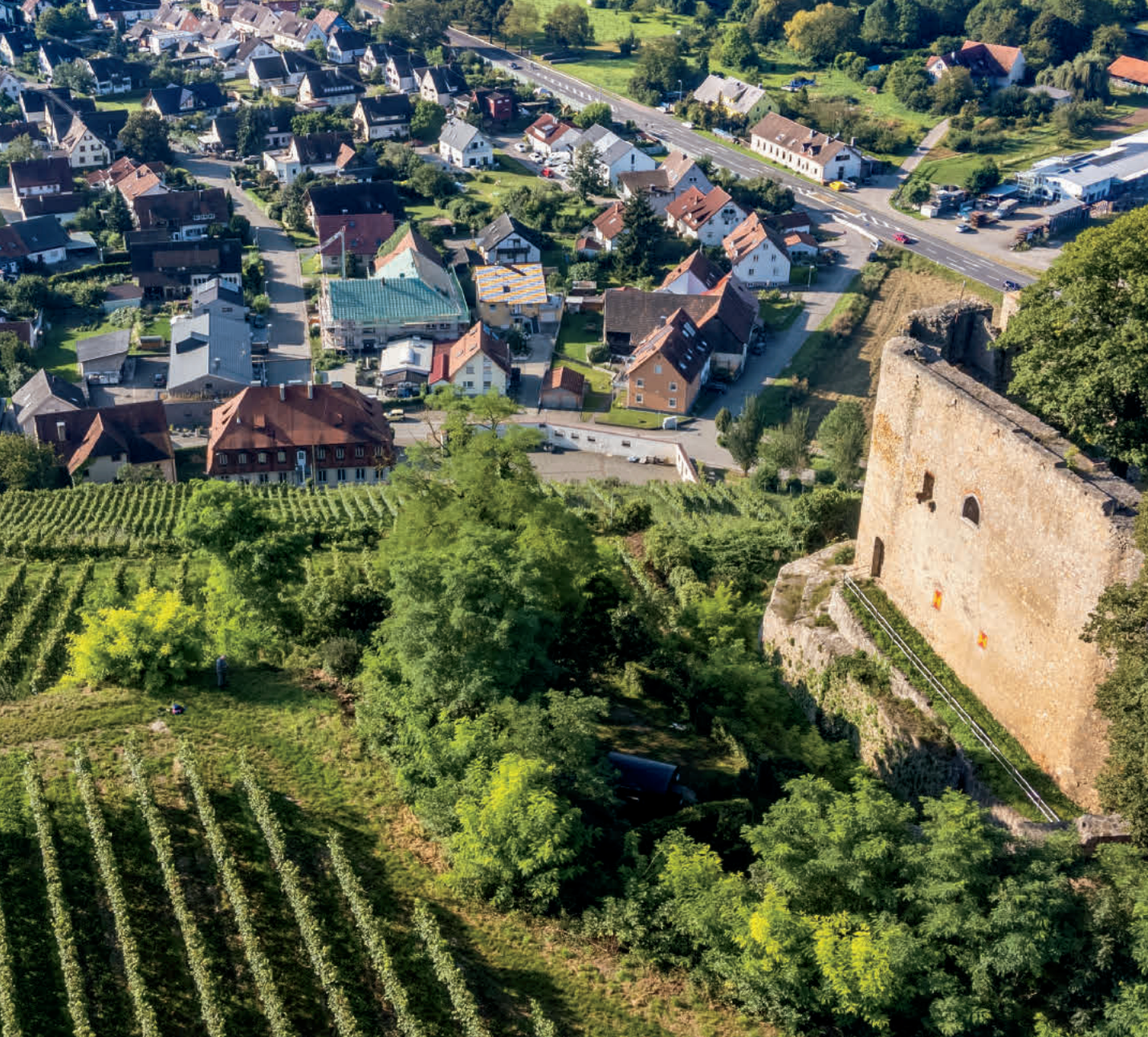I would be hard-pressed to think of another winery, anywhere in the world, that packs as much into a $28 bottle as Burg Ravensburg. This historic estate, located at the northern end of the Baden region, is a German winemaking landmark dating to the 13th century, a castle perched atop a steep hill and surrounded by
Grosse Lage (grand cru) vineyard sites.
In addition to being one of the oldest wine estates in Germany, it is also likely the largest to be certified organic. Its home village, Sulzfeld, within the Baden sub-region of Kraichgau, is not just one of Germany’s greatest Riesling terroirs but equally famous for its Pinot Noirs. Today’s Riesling Trocken (dry) has all the diamond-cut brilliance we look for in the greatest German Rieslings, which shouldn’t be the least bit surprising—Burg Ravensburg owns roughly 80% of the
Grosse Lage sites in the Kraichgau, where vineyards rise to some of the highest elevations in Germany, in a unique mix of marl, sandstone, and volcanic deposits. This is a long way from the steep slopes of the Mosel, but it’s a thrillingly familiar Riesling sensation: mineral as all get-out, perfumed, mouth-wateringly fresh and bone-dry. How is it possible that this wine costs just $28? Nevermind, it doesn’t matter—just make sure you don’t miss out!
The year ‘1251’ is prominently displayed on every Burg Ravensburg label, and why not? There aren’t many estates in the world—and far fewer vineyards—that draw on this much history. Yet, shockingly, the family itself goes back even further, having been locally documented as Barons back in 931 AD. I’d say it’s safe to assume they know the land better than anyone else could. To extract every ounce of character from this ancient terroir, owner Heinz Heiler made a wise decision when he hired Claus Burmeister: Not only does Claus have a degree in viticulture, he was raised in the Burg Ravensburg cellar, as his own father was head winemaker when Claus was growing up.
If you’re in the town of Sulzfeld and you spot a Grosse Lage vineyard, chances are Burg Ravensburg owns it. They are the king of premium vines around here, and although today’s “Sulzfeld” bottling isn’t designated “grand cru,” it is sourced primarily from two legendary Riesling parcels: “Husarenkappe,” right next to the winery in Sulzfeld, and “Kapellenberg,” in neighboring Eichelberg. Husarenkappe, which translates to “Hussar’s Cap,” is named for the legend of Freiherr Göler von Ravensburg, who, in 1782, transported Riesling seedlings to Sulzfeld inside his hat and planted them on the castle’s slopes. One of the key soil types in the area is called “gypsum keuper,” a sedimentary marl and sandstone mixture, although Kapellenberg is said to contain some volcanic material as well.
All of which gives us a succulent, mouthwatering 2019 Riesling Trocken bursting with exotic aromas and jolting the palate awake with acidity and minerality. Considering that the last Burg Ravensburg wine we featured was an ethereal Pinot Noir, color me impressed: This estate does everything at the very highest level. In the glass, the wine shines a silvery straw-gold with green reflections, with assertive aromas of grapefruit pith, white peach, lime blossom, jasmine, and wet stones. The palate is medium-bodied and full of tension, with a dry, mineral, floral finish that leaves your mouth watering. It is ready to enjoy now and over the next few years with first course salads, main course Thai dishes, or raw/smoked fish. Ultimately, it’s a chameleon wine that will go with almost anything, so don’t sweat the pairing too much. Just keep it in good supply, because you’ll be reaching for a second bottle sooner rather than later. Cheers!


